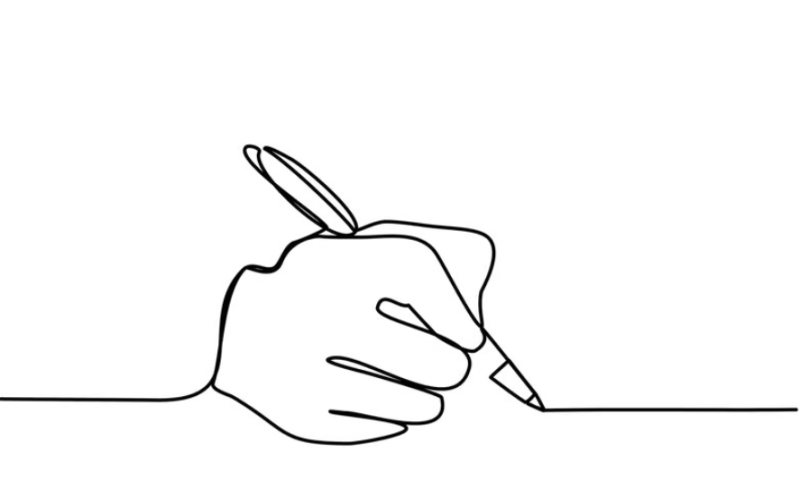Sanofi is paying $40 million to add another cytokine—IL-10—to its hit list. The upfront fee has secured the French drugmaker the chance to work with Synthekine to overcome long-standing barriers to the use of the cytokine in the treatment of inflammatory diseases.
Synthekine, a Fierce 15 winner that raised $100 million one year ago, is advancing a pipeline led by a partial agonist of IL-2, the cytokine at the center of Sanofi’s ill-fated $2.5 billion takeover of Synthorx. But the biotech has also applied its capabilities to IL-10, another cytokine with a troublesome benefit-risk profile that, like IL-2, has defied researchers for decades.
The preclinical project has caught the attention of Sanofi, a company with a publicly stated willingness to take on more risk in immunology than in other therapeutic areas. Sanofi is paying $40 million upfront and committing to undisclosed milestones to work with Synthekine up to “a defined point of preclinical development,” at which time it will take control of work on a potentially lucrative target.
“IL-10 plays a key role in immune regulation, and this collaboration aimed at developing precisely tailored IL-10 therapies reaffirms our commitment to deliver the next wave of novel therapies to treat inflammatory diseases,” John Bertin, global head of inflammation and immunology research at Sanofi, said in a statement.
Scientists discovered IL-10 in the late 1980s and quickly identified its role in inhibiting inflammation. By 1997, researchers had linked recombinant IL-10 to improved outcomes in Crohn’s disease, but a narrow therapeutic window stunted development. Another clinical trial, which read out in 2000, found 30% of the subjects discontinued at the top dose, and the candidate performed no better than placebo.
Interest in IL-10 faded as its effect on red blood cells and platelets limited dosing—and, by extension, the efficacy of the treatments. But researchers kept plugging away, leading to evidence that a form of IL-10 that doesn’t activate T cells may be tolerable enough to take at the level needed to cut inflammation.
In 2019, Christopher Garcia, Ph.D., a Stanford University professor, co-authored a paper on decoupling the pro- and anti-inflammatory functions of IL-10. Synthekine is built on intellectual property in-licensed from Garcia’s lab. Last year, Synthekine shared details of how Garcia’s work has informed development of surrogate cytokine agonists that suppress (PDF) pro-inflammatory cytokines without activating T cells.

